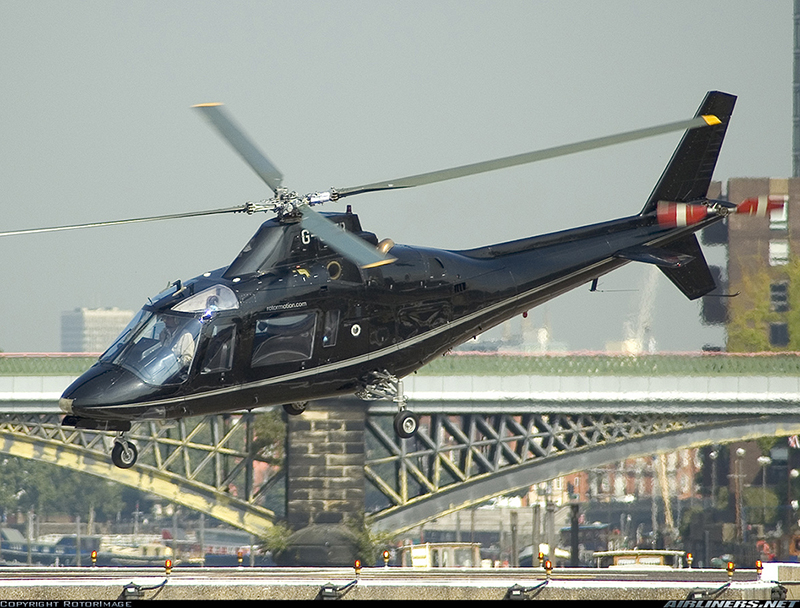

Why Twin-engined?
The advantages of a twin-engined helicopter are that in the unlikely event of one of the engines failing, the pilot will be able to continue the flight to an alternative landing site. Single engined aircraft do not have this capability and have to execute an emergency landing immediatley.
Any commercial helicopter flight which takes place at night, over water or over a built-up area must have two engines.
Where can we land?
Anywhere with permission from the land owner, as long as the site is big enough for approach, (about 250m without obstacles) and a place to set down on (about the size of a tennis court). We routinely find sites near to the client's destination (if for instance it is in the centre of town) by calling local sports clubs, hotels and schools to obtain permission. Night landings will require an inspection by the pilot prior to arrival.
Why two Pilots?
Helicopters as large as the Sikorsky and above require two pilots to operate them. Smaller machines need only one, but some clients prefer a second pilot for extra peace of mind
What is IFR?
IFR means Instrument Flight Rules and refers to flying without reference to the ground, or generally what is known as "blind flying" in cloud. Day flights can be flown without IFR qualifications, but these flights can suffer cancellations in poor weather when an IFR pilot and machine could fly through cloud and complete the flight. Why RotorMotion?
Because our twin engined Agusta 109's are IFR rated and flown by IFR pilots, we are able to get you to your destination not only on time and in style, but also secure in the knowledge that your saftey and comfort is our prime concern.














